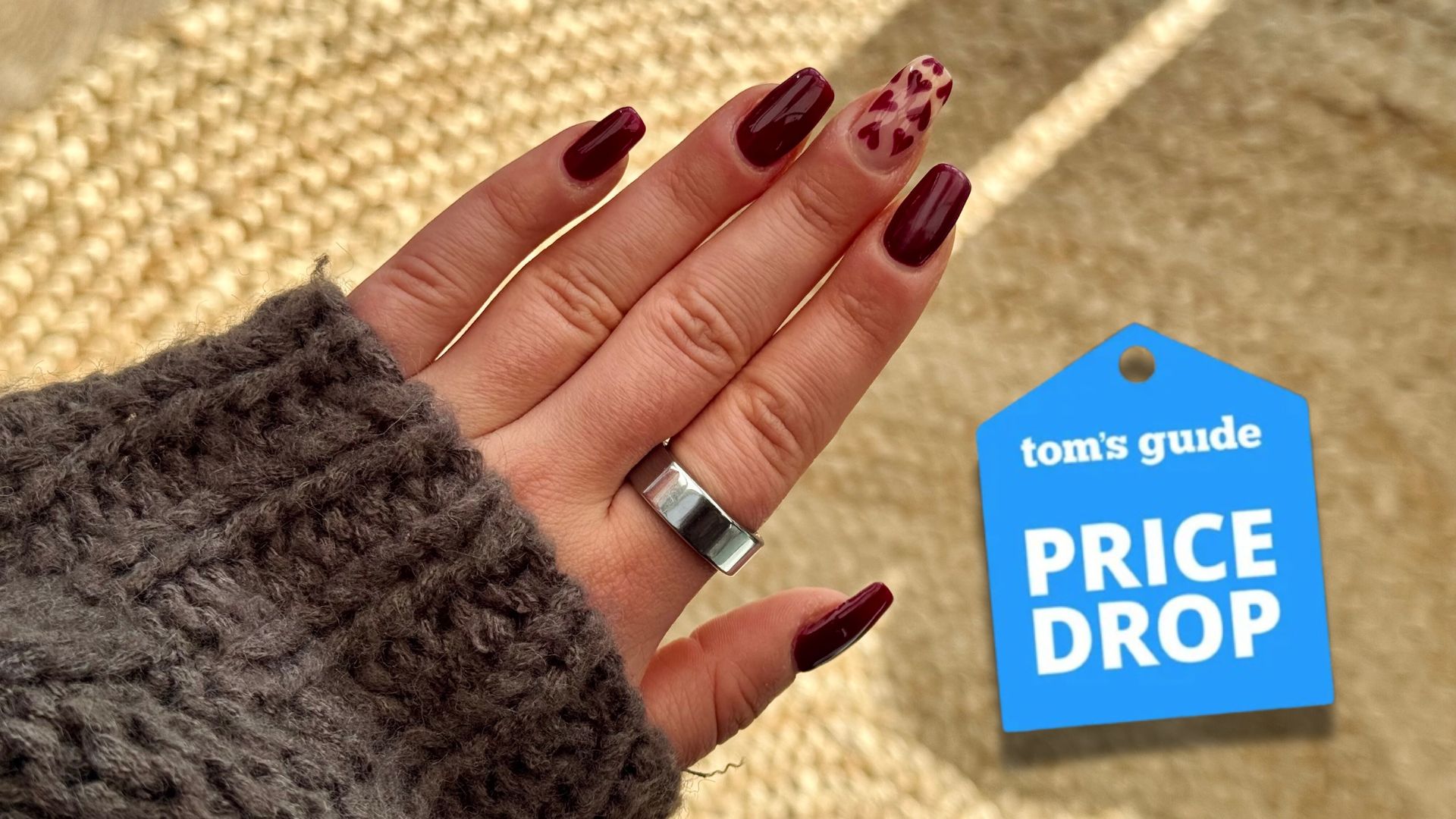A RECORD-breaking snake lost to science for nearly two decades has finally resurfaced on the island of Barbados.
The Barbados threadsnake – the smallest snake in the world – was rediscovered under a rock during an ecological survey in March.
2
The tiny reptile can coil itself to the size of a coin, and had been on a global list of 4,800 lost plant, animal and fungi species compiled by biodiversity organisation Re:wild.
The Barbados Ministry of the Environment and National Beautification had been searching for the threadsnake and several other native reptiles for more than a year.
“Barbados threadsnakes are blind snakes, so they’re very cryptic,” said Connor Blades, a project officer with the Ministry of Environment in Barbados, who helped rediscover the threadsnake.
“They’re quite rare also, it seems. There have only been a handful of confirmed sightings since 1889, so there are not many people who have ever seen it, unfortunately.”
The small serpent is at the limit of how small a snake can be, measuring only about three to four inches long when it is fully grown.
Experts have long known that the Barbados threadsnake was an elusive species – with each confirmed sighting having several decades between them.
The threadsnake also closely resembles the Brahminy blind snake, also known as the or flowerpot snake – which makes identifying them difficult.
Scientists often need a magnifying glass to tell them apart.
The Barbados threadsnake reproduces sexually and females lay a clutch of only one egg, while the Brahminy blind snake can produce fertile eggs without mating – a phenomenon called parthenogenesis.
“I began to look over the snake and it was clear to me that I really needed to take it to a microscope to get a proper look at it,” added Blades.
“The morphological differences between the threadsnake and blind snake are really difficult to tell by eye, particularly because it was the first threadsnake we had seen, so we weren’t familiar with the species yet.”
Blades, alongside Justin Springer, Caribbean programme officer for Re:wild, were looking under rocks for any signs of tiny threadsnakes during the survey in March.
One rock trapped under a tree root caught their eye.
“I was making a joke and in my head I said, ‘I smell a threadsnake,’” said Springer.
“I just had a feeling, but I couldn’t be sure because we turned over a lot of rocks before that and we saw nothing.”
To their surprise, they found a tiny threadsnake.
“When you are so accustomed to looking for things and you don’t see them, you are shocked when you actually find it,” added Springer.
“You can’t believe it. That’s how I felt. You don’t want to get your hopes up too high.”
The snake was then taken to the University of the West Indies and examined under a microscope to confirm its identity before being returned to its forest in central Barbados.
It had all the characteristics of a threadsnake – pale orange dorsal lines running from its head to tail, eyes located on the side of its head, a rostral scale on its nose and no gland lines on its head.
The CBER project is set to continue surveying the island to better understand the threadsnake’s habitat range.
This way it can design conservation actions to protect it.
The most recently found threadsnake was found in the forest, which only cover a small area of Barbados.
Some 98 per cent of the island’s primary forest has been cut down for agriculture over the past 500 years.
“It’s an important reservoir for biodiversity on the island,” said Blades referring to the forests where the threadsnake was found.
“If the threadsnake population isn’t very dense, I’m worried about their ability to find mates—particularly if their habitat is under threat and being degraded.”

2










